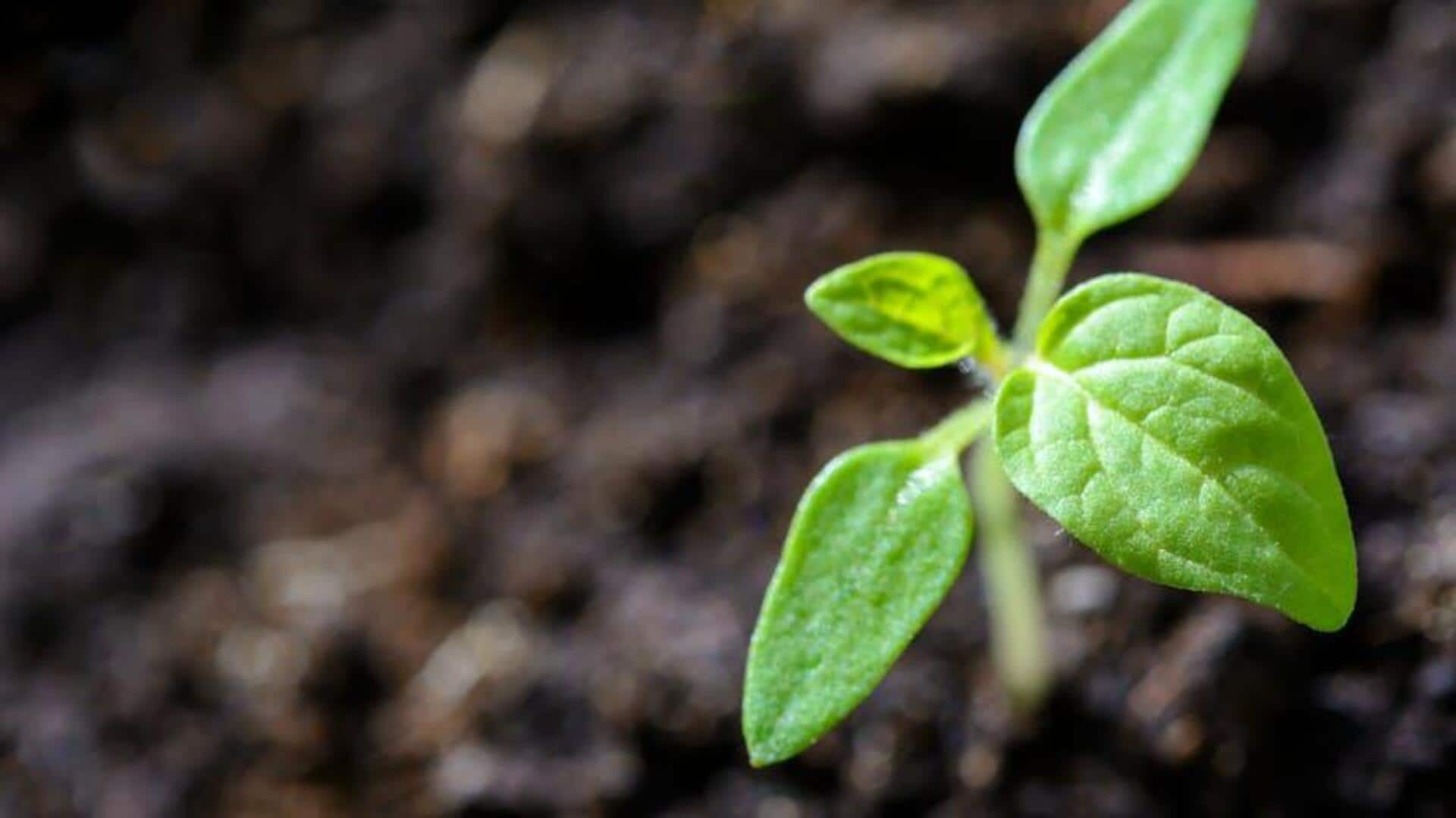
Mouthwash for plants? The antifungal hack that works
What's the story
Mouthwash, a staple for oral hygiene, has become an unlikely weapon in the fight against plant fungus. The household item contains ingredients that can stop a fungus in its tracks, providing a quick and inexpensive solution to gardeners everywhere. Here's how mouthwash works against fungi and why you should consider it for your plants. We explore the practical uses of mouthwash in plant care and what makes it effective.
Active components
Ingredients that make a difference
Mouthwash also frequently contains active ingredients such as ethanol and essential oils that have anti-fungal properties. These ingredients break the cell membranes of fungi, preventing them from growing and spreading on plants. Ethanol serves as a drying agent while essential oils offer further effects against microbes. Knowing these ingredients will help gardeners use mouthwash against plant fungus to their advantage.
Usage methods
Application techniques for best results
To use mouthwash as a fungicide, you'll want to dilute it with water to avoid harming your plants. A common ratio is one part mouthwash to three parts water. This mixture can be sprayed directly onto affected areas of the plant. Regular application every few days ensures consistent protection against fungal infections without causing any damage to the foliage.
Cost-effectiveness
Benefits over traditional fungicides
Mouthwash provides an inexpensive alternative to costly fungicides that need to be purchased frequently. A single bottle of mouthwash priced at approximately $5 can last for several applications when diluted correctly. This renders it accessible for home gardeners hoping to maintain plant health without spending exorbitantly.
Eco-friendly option
Environmental impact considerations
Using mouthwash as a fungicide offers an eco-friendly alternative to chemical-laden products that can be detrimental to good bugs or leach into soil and water bodies. The natural components in most mouthwashes decompose easily without leaving harmful traces behind, making them safer for plants and surrounding ecosystems.